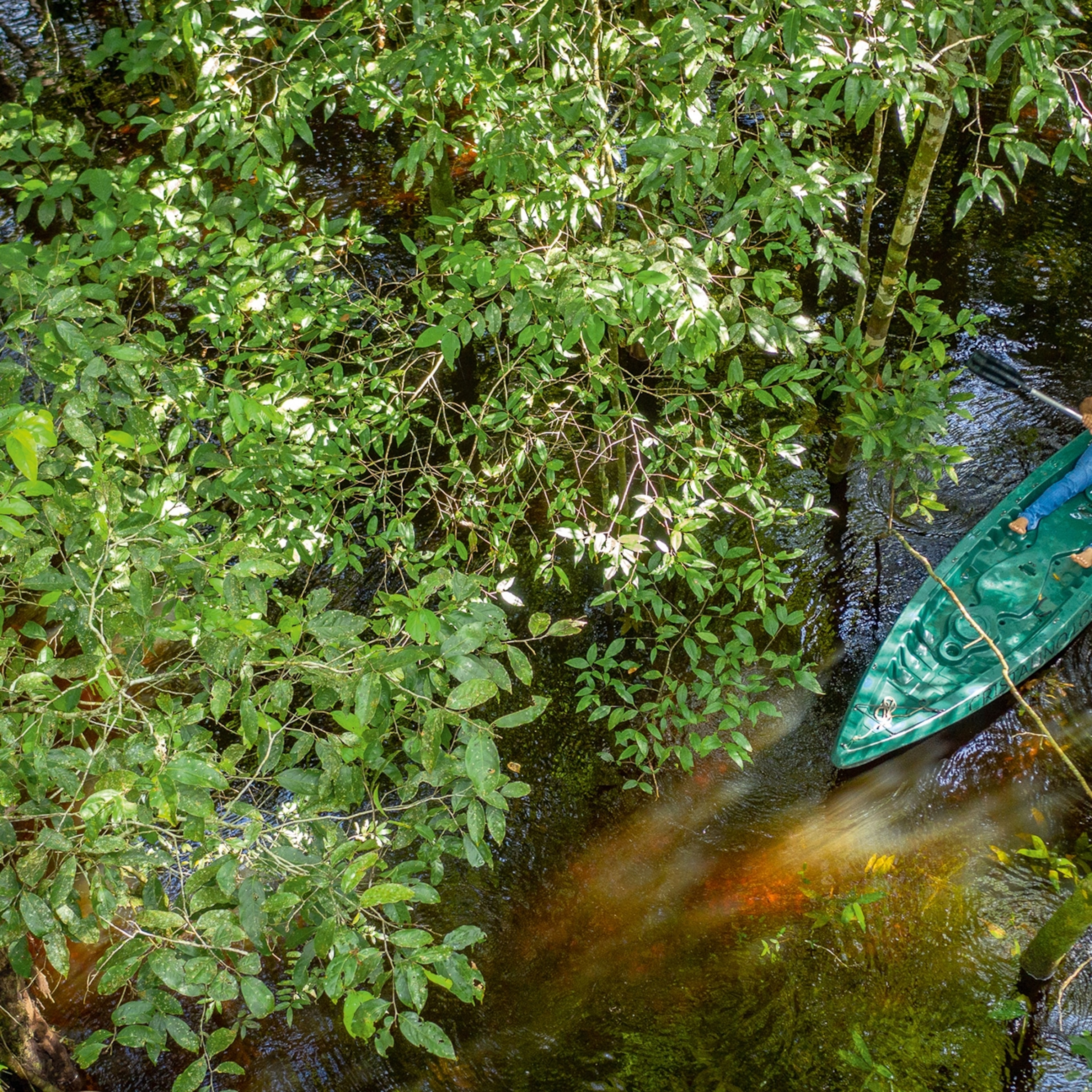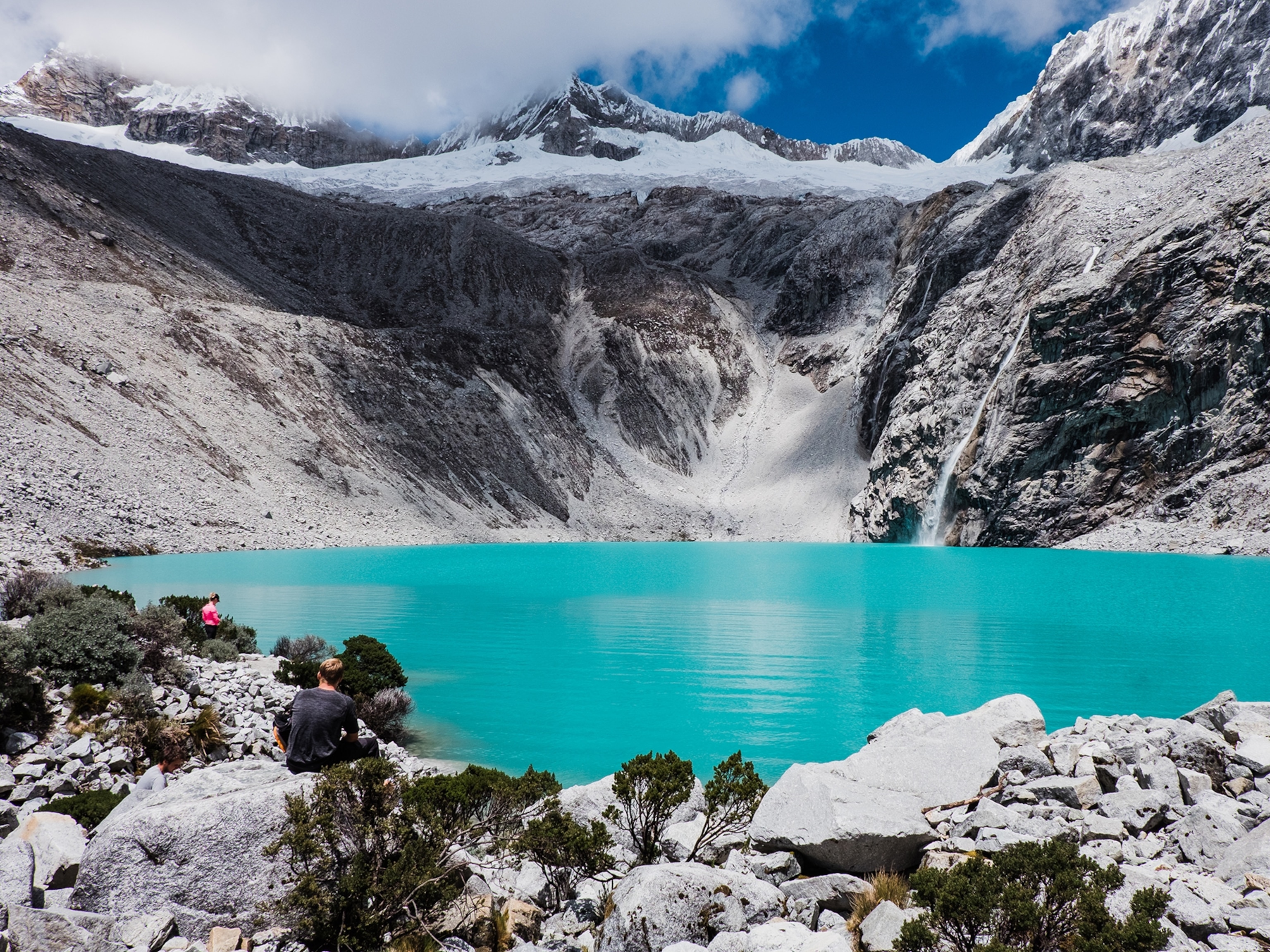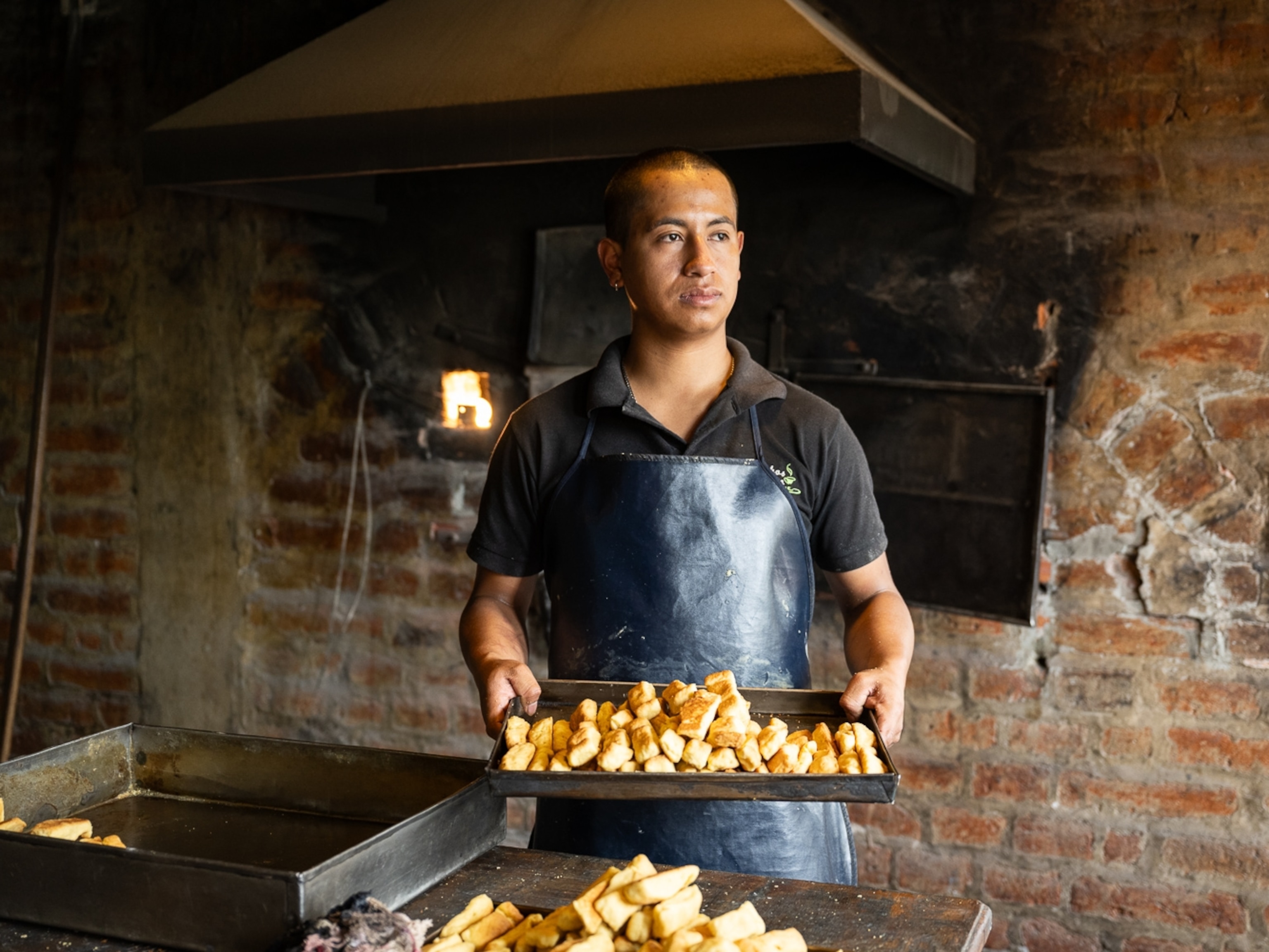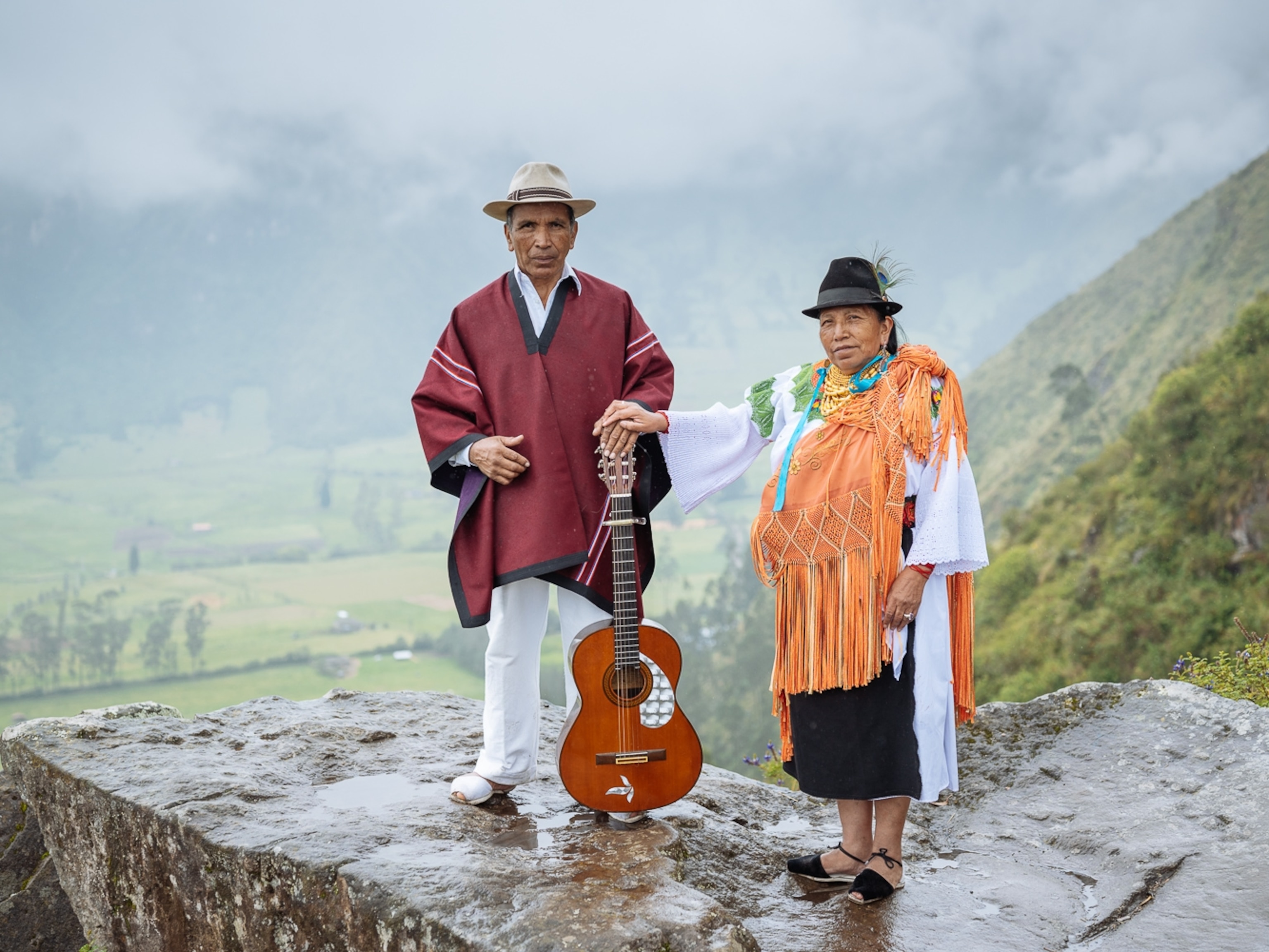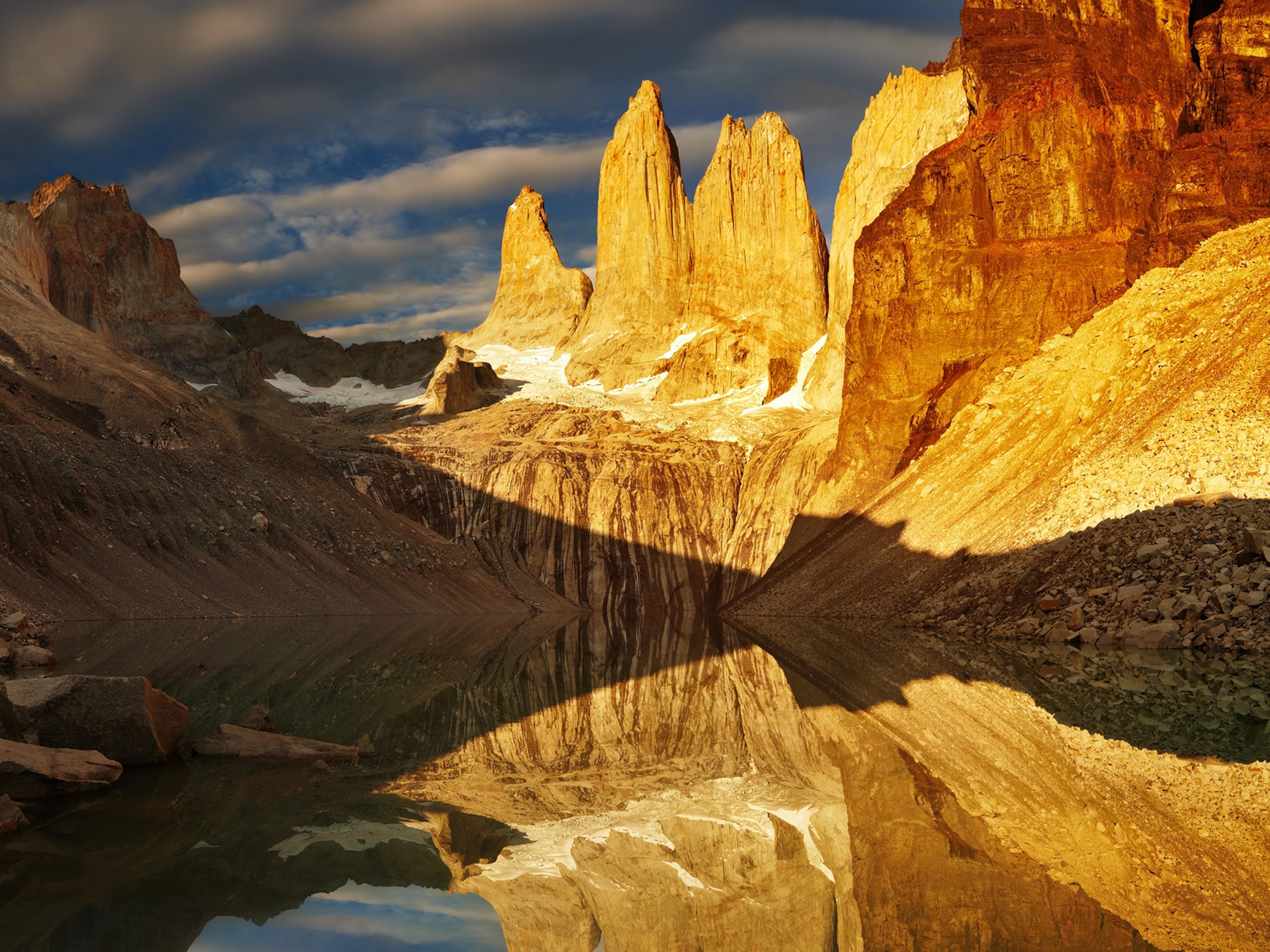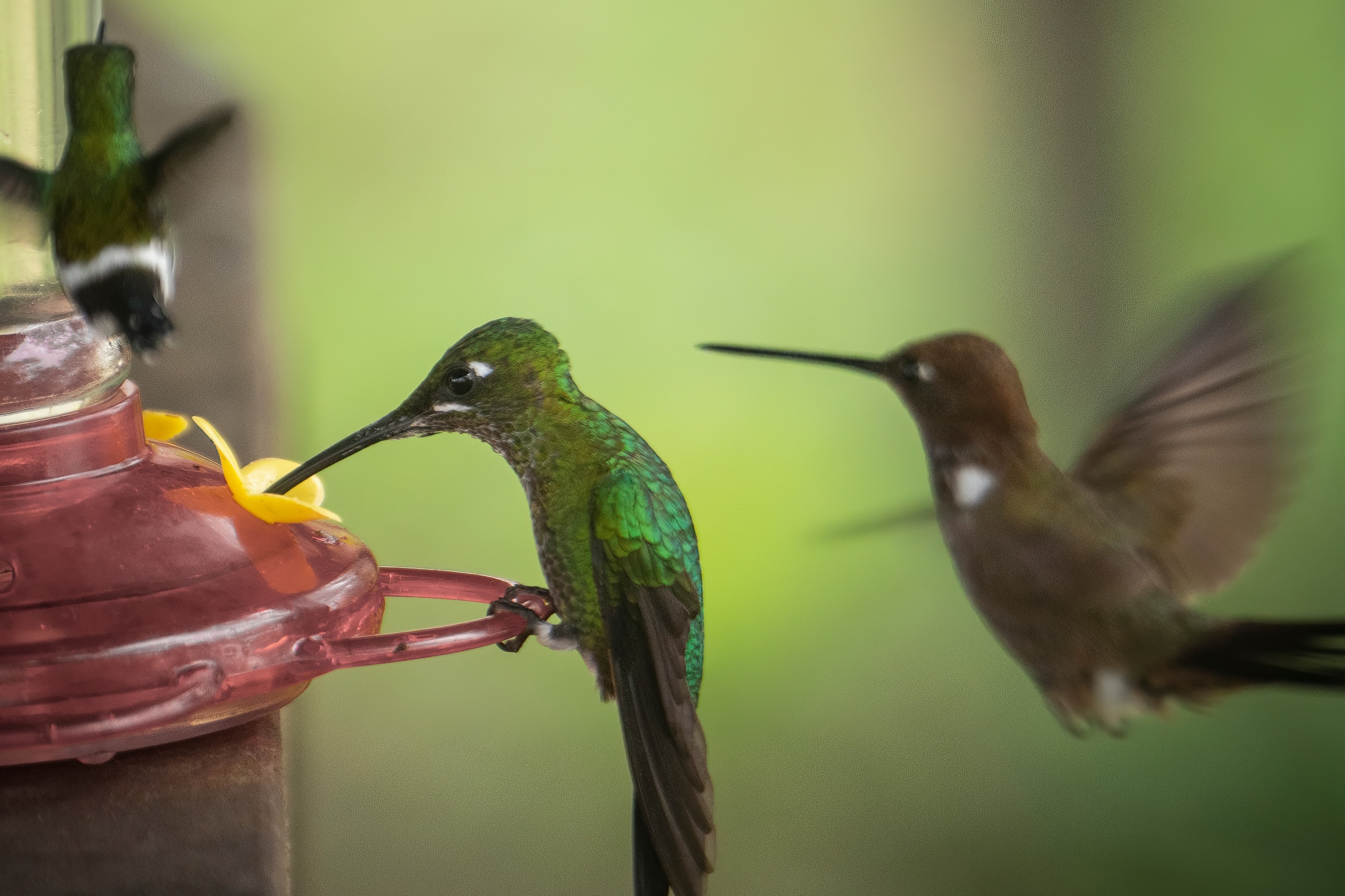
Giant butterflies and native orchids: hiking in Ecuador's cloud forest
Sky-high in the Andes, Mashpi Lodge offers intrepid travellers the opportunity to come face to face with the cloud forest’s residents.
The thing about the cloud forest is that it really is cloudy. It sounds obvious, but you fail to comprehend it until the clouds descend, turning greens to greys, then darker still. Monsters hide in the mist. A vine, thick as a wrist, slaps our windscreen. Leaves like a Pteranodon’s head loom, tumescent flowers sneer. Moss-choked trees paw at an ashen sky. It’s the forest redesigned by sci-fi artist HR Giger — an Ecuadorian space opera unfolding.
We pull up at Mashpi Lodge and hurry inside; the door seals shut with a satisfying ‘shhhp’, and not even bugs follow inside. The five-star property was envisioned as a cocoon — a warm nest in the centre of a 2,500-acre swathe of Ecuador’s Chocó forest. In reality, it’s more like a hermetically sealed IMAX with glass walls that show the forest’s screenplay. Every seat is premium; even the guestrooms have floor-to-ceiling windows, with remote-controlled blinds that lift like a safety curtain to reveal the action.
Despite the dramatic opening sequence, it quickly becomes apparent the reserve is far less menacing than it looks. On our first walk, expedition leader Nestor Paladines warns of vipers with a bite that causes necrosis and eventual death, before reassuring us that no visitor has ever been bitten — and, if they were, an army of doctors would arrive within minutes with the required antivenom. That evening, we spot an acid-green vine snake, but the colour is just for show: it has only mild venom that causes no real harm to humans.

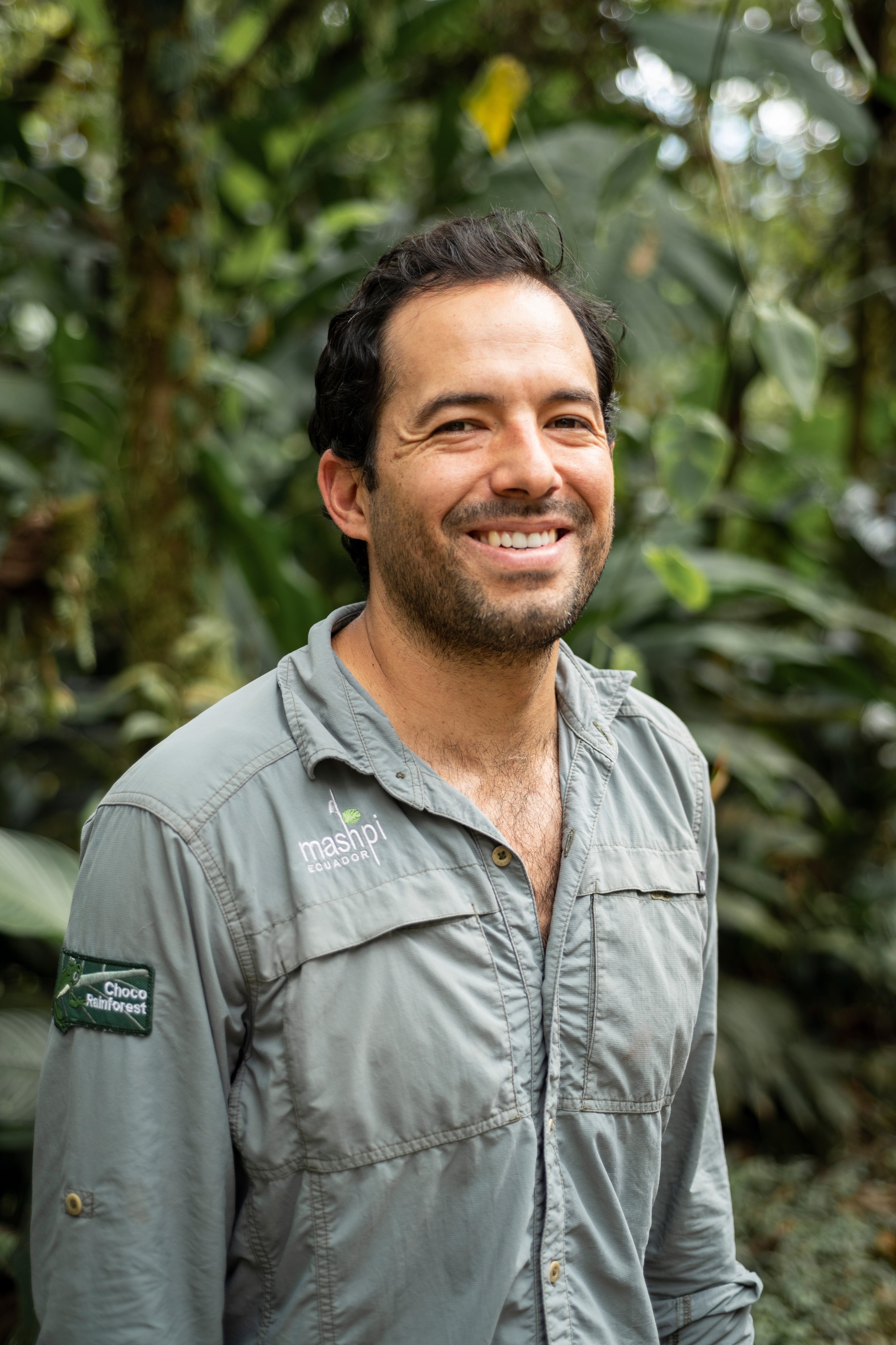
Still, thrills are available to those who seek them. Vertiginous side trails get us acquainted not just with the many faces of the forest, but with its fingers and toes, too. I slip on mossy copal roots as I walk; up in the clouds, tree-bound philodendrons lower long tendrils that brush against my shoulders. This is untouched primary forest, which makes up most of Mashpi.
A timber company abandoned the area around 40 years ago, its logging efforts thwarted by the steep terrain. Yet, locals continued to hack away at the edges, selling wood and clearing space for pastures. Drawn by the area’s biodiversity, former mayor of Quito Roque Sevilla bought the land in 2001 with the intention of turning it into an attraction. He built the lodge without felling a single additional tree.
The guardians of the forest
We get a different view of the primary forest from the Dragonfly, a cable-car ride that descends from cloud forest — technically, sections of rainforest found over 3,000ft above sea level — to rainforest. “Man hasn’t touched this place; every bit of space is taken up with nature,” says guide Gustavo Valarezo. He points to a symbiotic tangle of trees, each host to around 30 other plant species. A bird-sized butterfly flashes blue-white over the canopy.
Profits from the lodge’s hefty price tag go into research projects taking place in on-site facilities, most of which are open to visitors. And some task it is: Mashpi is home to 1,700 species, of which 10 are endemic to the area. I’m handed a fact sheet about these species and start treating it like a bingo card, ticking off as many as I can. It proves difficult; even the Mashpi magnolia — surely a static adversary — shows up only in spoon-shaped petals scattered over our path. We have more luck with the Mashpi frog, while examples of Mashpi’s two orchid species are displayed in the Life Centre, Mashpi’s main wildlife-viewing spot.
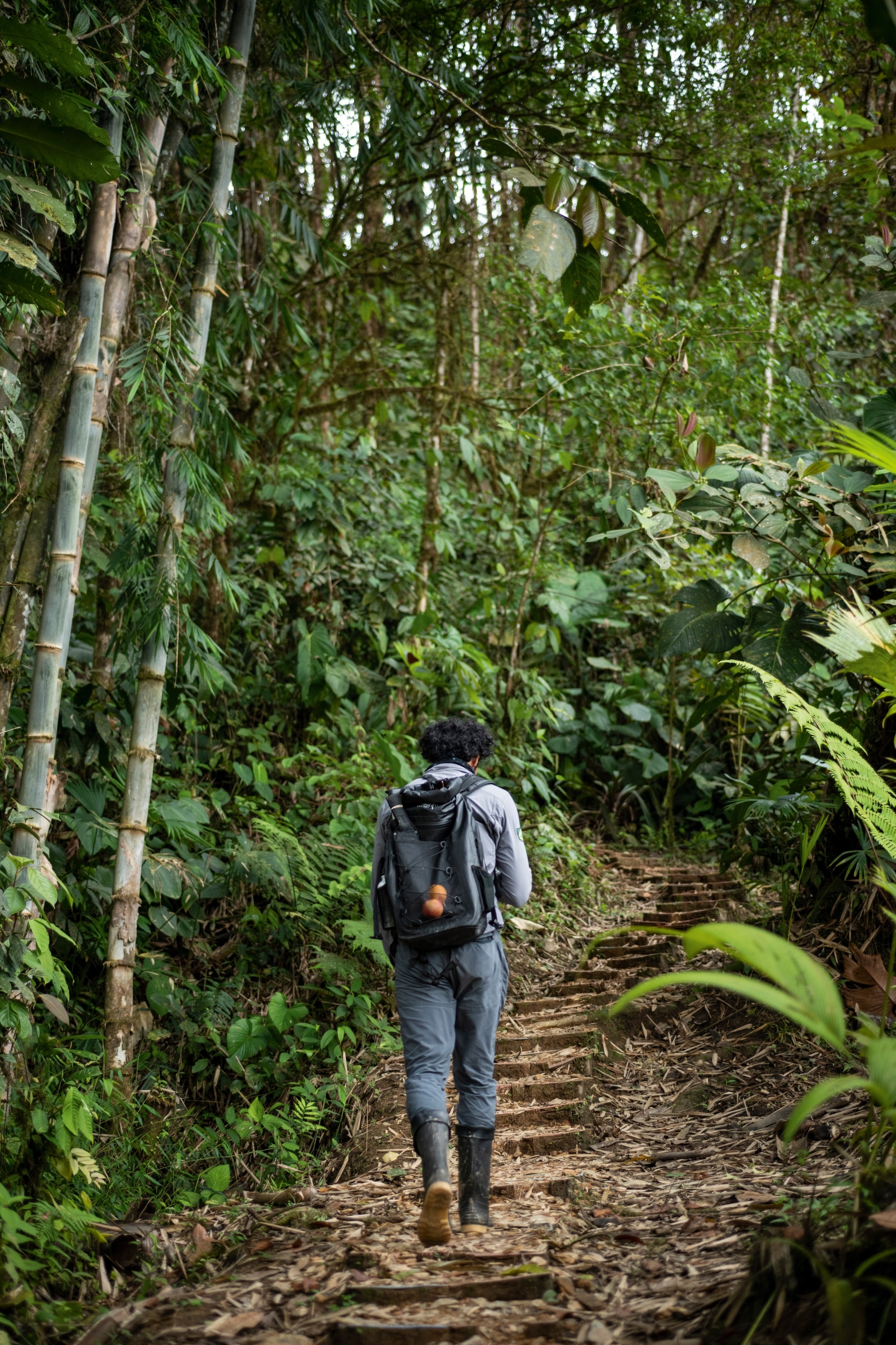
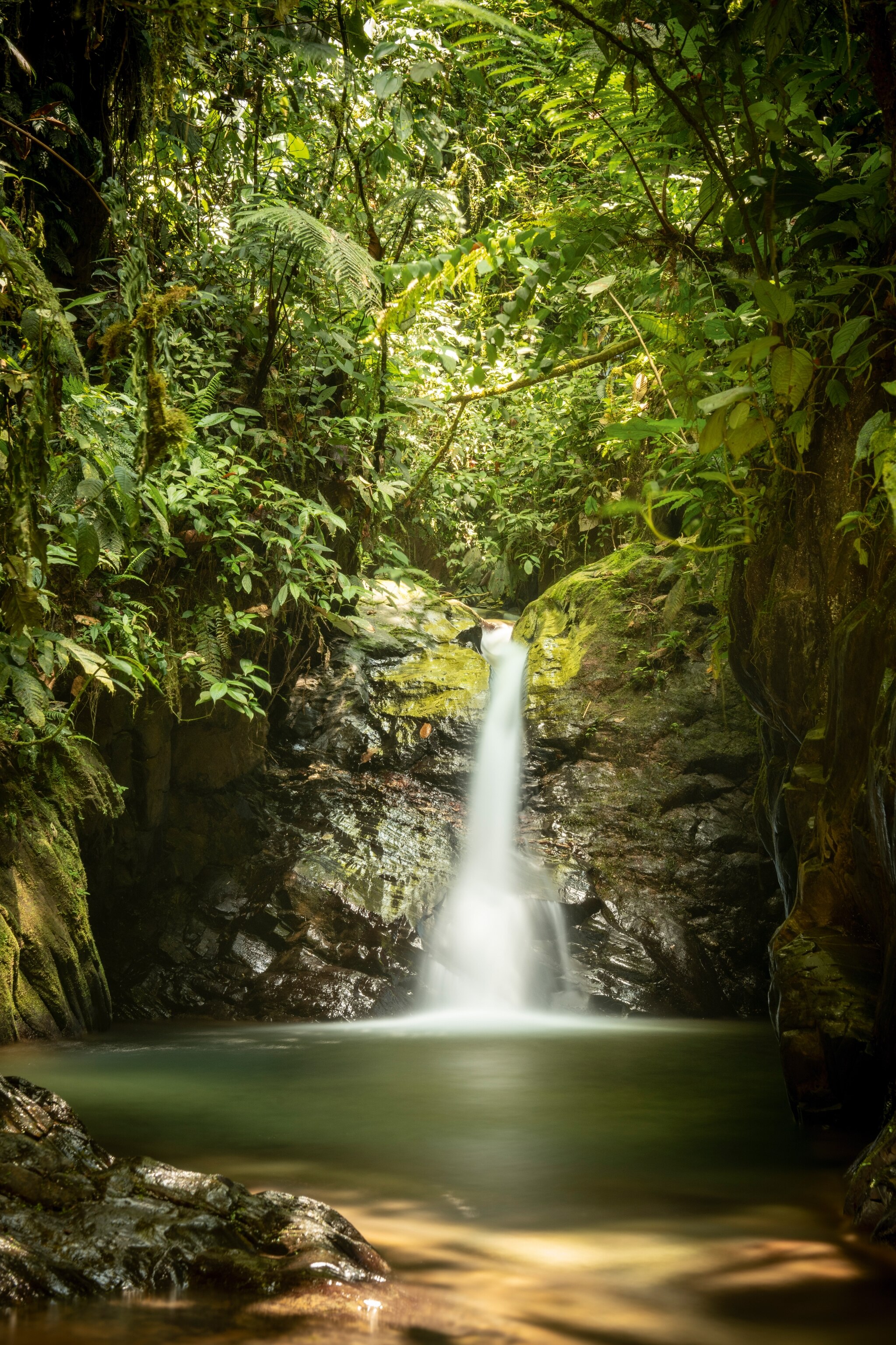
It’s Estuardo Lima who takes us there. Like 85% of Mashpi staff, he comes from the area surrounding the lodge, his senses synchronised with the rhythms of the forest. On our way, he spots a spiny dwarf iguana — “he’s always here around this time” — and the nest of a slate-throated redstart, a mere two-inch-wide hole in a leaf-covered wall. “I’ve lived here my whole life,” he says, shrugging, when I ask how he found it. From here, it’s possible to see tanager birds, agouti (a guinea pig-like rodent) and toucans that hop from one branch to the next.
We duck into the main building to marvel at those orchids and speak to Dario Medina, known here as Mashpi’s ‘butterfly father’. Formerly a farmer from the nearby village of Pachijal, he now gives talks on the life cycle of these insects. “We used to consider them pests,” says Dario, indicating a cabinet of caterpillars in varying stages of pupation. “But then I learned about their behaviour and beauty. I started sharing my knowledge, so that people won’t be afraid; instead of killing, they’ll protect.”
We exit, pursued by butterflies, and scramble up a steep incline to the observation tower — a 162-step climb up 100ft-high, vertigo-inducing scaffolding. Guide Jacqueline Paladines, who also comes from Pachijal, looks serenely over the edge. “It’s magical when the clouds move,” she says. As my stomach settles, I survey the scene: grey clouds, violet horizon, tendrilous trees lit by a red sliver of sun. I quip that a view like this needs a soundtrack, but there’s just the rasp of labiated rain frogs. And yet, how close it all was to being destroyed. This may be the hottest ticket in town — but it’s the backstage staff that really make the show.

Doubles at Mashpi Lodge start from £1,131 per night. The rate includes meals, tours, non-alcoholic drinks and transfers from Quito.
For more information, visit ecuador.travel
Facebook | Instagram | Twitter
